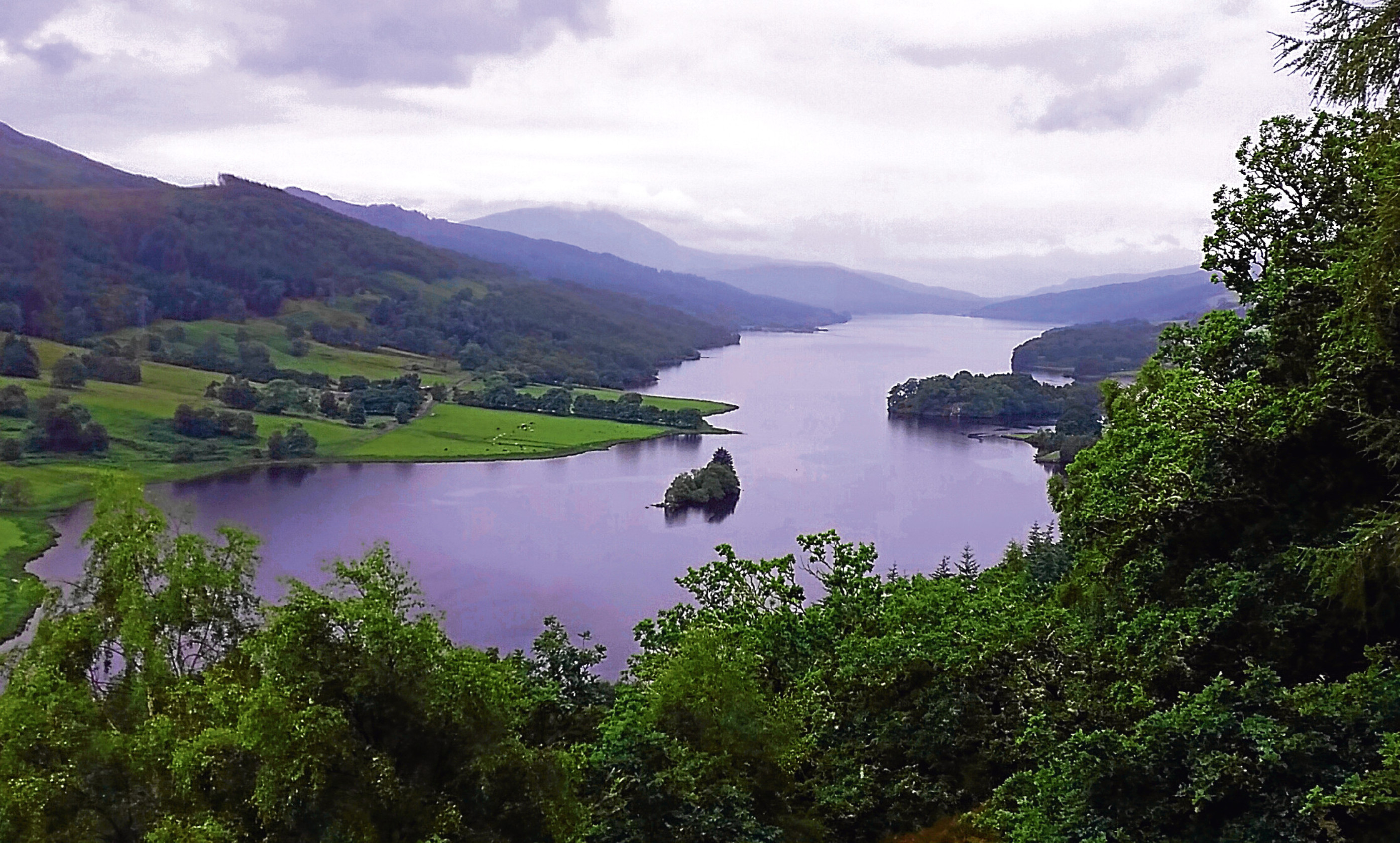This is what happens when a particular part of the country – let’s call it Perthshire for argument’s sake – allows one precedent after another to be established.
This allows salivating industries which screw up landscapes for a living to think here is a place where they can get away with pretty well anything.
Perthshire Chamber of Commerce and Perth and Kinross Council’s development quality manager have already announced they think a barite mine in the hills to the south of Loch Tummel is a good idea.
Considering the gruesome nature of the intrusion the would-be developer has in mind for Perthshire, an ironic theme is detectable in the corporate mantra of oil industry juggernaut Schlumberger: “We strive to be a unifying voice for social and environmental stewardship in the communities where we and our customers live and work.”
Schlumberger pretty well covers the world from offices in Paris, Houston, Rio, Dubai and Moscow.
One of its subsidiaries, Houston-based MI-SWACO, will actually do the dirty work in Perthshire.
Barite is used in the fluid that is a necessary part of drilling for oil and gas. It is also, incidentally, used in the manufacture of mudflaps for trucks, so it is going to be very useful in the hills and the forests of Perthshire. There will be A LOT of trucks.
The site of the mine is very inaccessible. It’s on the east flank of a 691m mountain called Beinn Eagagach – 2,267ft in old money.
It sits immediately to the north of a long, narrow, rocky ridge and a mile from 783m (2,569ft) Farragon Hill and in a wider landscape of open hills.
What passes for environmental assessment in the eyes of the energy industry assures us the mine will not be visible from the tourist trap that is Queen’s View.
The idea that that is the only worthwhile environmental source of concern is a bit of an insult and I am not at all sure it is true.
You may not see the mine itself, but the mine requires a 14km “haul road” – about eight and a half miles – three of which cross the open hillside directly opposite the Queen’s View.
Bearing in mind the number and size of trucks that will be involved, the road has to be tarmac. And bearing in mind the global reach of the companies involved in this enterprise, this is the heaviest of heavy industry on an eye-watering scale.
In a nutshell, the project proposes to extract 120,000 tonnes of barite a year, which will mean 17 trucks every day, Monday-Friday (and 17 empty ones going in the opposite direction), for 50 years. How does it plan to hide the sight and the noise of that?
And what about its impact on the views from, say, Schiehallion and Ben Vrackie?
Having travelled three miles east from the mine and rounded the end of the ridge, the haul road then travels south-east through forest to join the A827 at Logierait.
Red squirrels, a granny pine trail among great old Scots pines, the Logierait Mires SSSI and bird sanctuaries on the Tummel at Tomdachoille and Ballanluig Island, not to mention the summit of Dunfallandy Hill, with its views across the Tummel to Beinn Vrackie and its stone circle, will all be compromised by a relentless fragmented convoy.
At 17 trucks per eight-hour day, that’s about one every half hour… in each direction.
Such an extreme of disturbance during the construction of the road and the subsequent 50 years of truck movements is the stuff of local ecological disaster.
It fragments wildlife habitats and puts hostile physical barriers across hunting and nesting territories, which on the open hill will certainly include the hunting and passage of golden and sea eagles.
The capacity for pollution of hill lochs and burns that flow into the Tummel system is more or less limitless.
Environmental intrusion on such a scale cannot be justified by the promise of a few jobs and the allure of the Schlumberger cheque book.
The reputation of Perth and Kinross Council as an authority careless of the landscape in its care is already on the ropes.
This could prove to be the knockout blow that consigns its tourist industry to the scrapheap.
